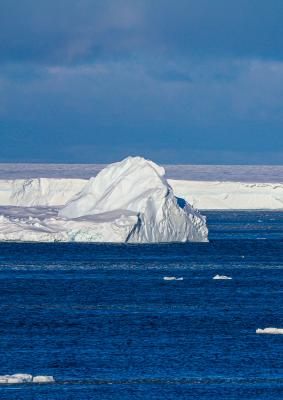Human-Induced Changes to the Global Ocean Water Masses and Their Time of Emergence
When contrasted to the atmosphere, the ocean and its change is a less-considered aspect of climate research. The ocean covers 70 percent of Earth’s surface and has accounted for more than 90 percent of Earth’s additional heat accumulation since 1971 due to climate change. Considering these aspects, we investigated ocean model responses to historical and idealized forcing in the CMIP5 archive, to ascertain whether models could replicate the observed patterns of change. The results were surprising. Models suggest that a human-induced signal is evident for 20-55% of the global ocean for the present day. The models also indicate that for parts of the Southern Ocean, which plays a very active role in climate variability and change evolution, these changes were detectable above the envelope of natural climate variability back in the 1980-90s. The results confirm that the global ocean is a particularly sensitive component of the climate system.
Even though models suggest that the global ocean strongly responds to forcing, sparse historical data coverage extending back into the 20th-century limits observation-based understanding, the need for the maintenance and augmentation of the ocean observing system is an obvious conclusion of this study. CMIP5 models suggest that the global ocean began to respond, with changes to ocean salinity and temperature occurring at the turn of the century, as global mean temperature increased past 0.5°C/0.9°F. CMIP5 future projections suggest that the representative changes will continue to expand across the global ocean, impacting 40-65% by 2050 and 55-80% by 2080.
The results provided by this observation and model-based study offers new insights into where and when ocean property changes may exceed the envelope of natural, unforced climate variability. These regions should be the focus of sustained and comprehensive observational measurements, to ensure that as climate change progresses, we can identify and gauge how accurate CMIP models are in faithfully reproducing the Earth’s response to ongoing climate change. The study sets a baseline from which to compare, motivating for improved observations and a renewed focus on critical analysis of the ocean component of Earth System Models (ESMs), and continued research into ocean variability and change.

